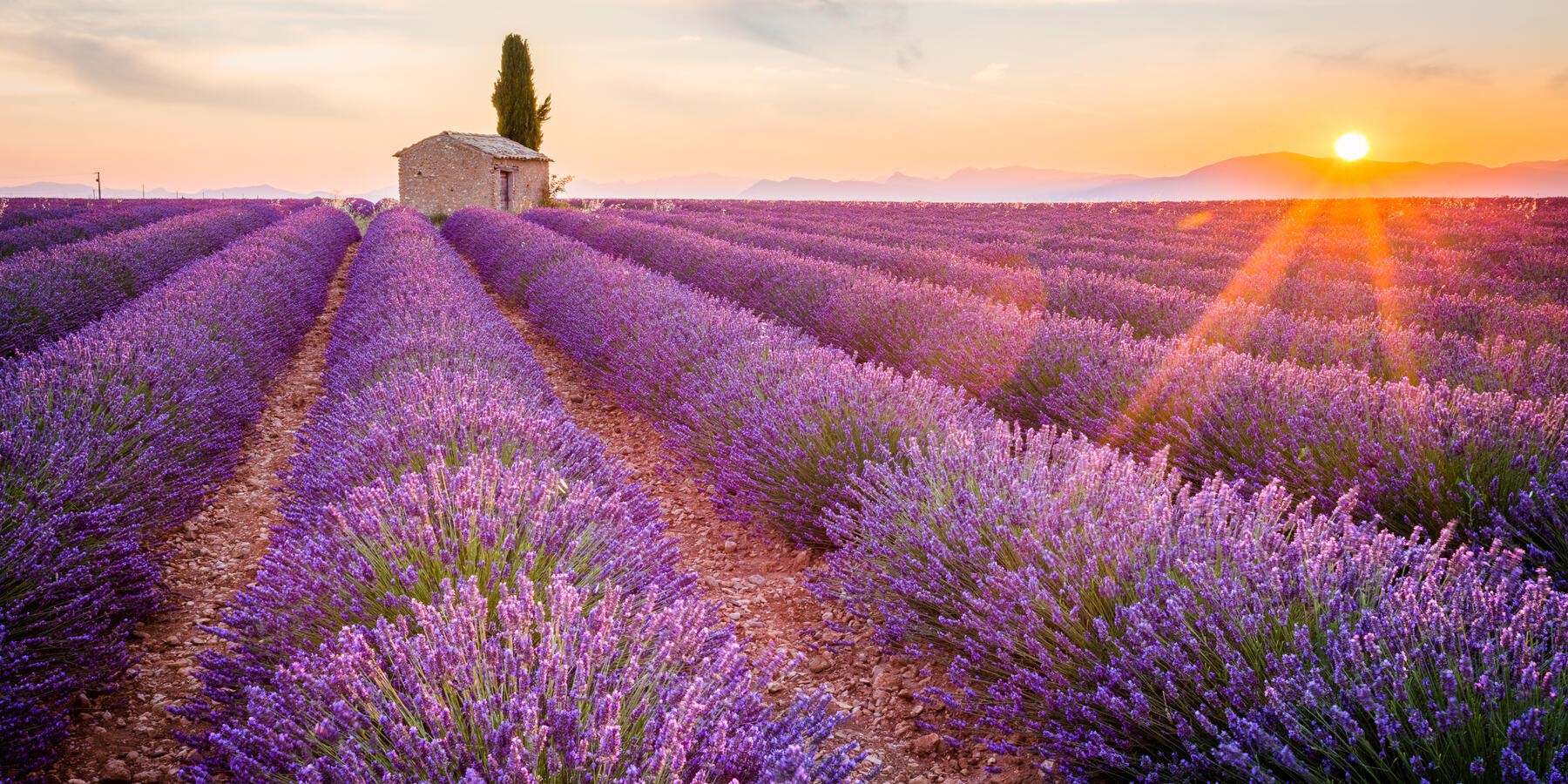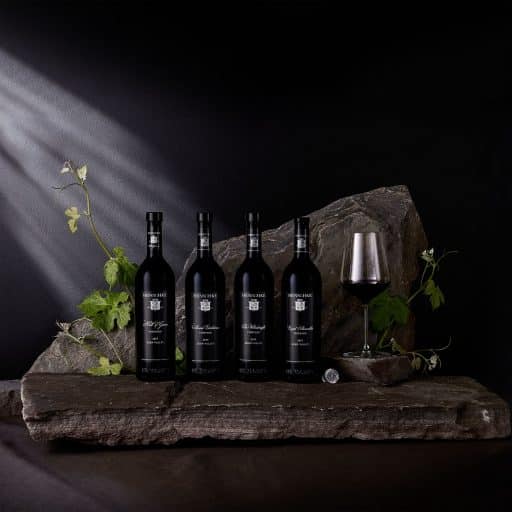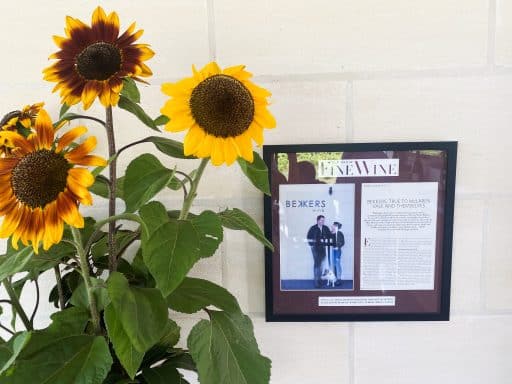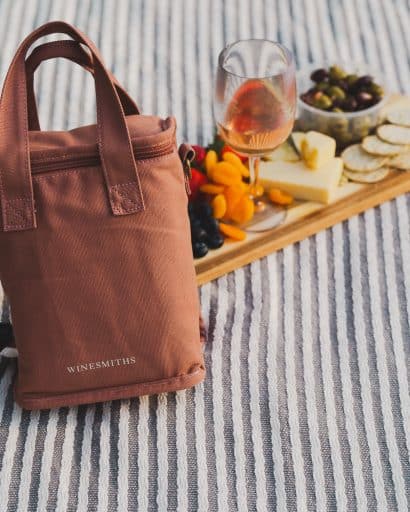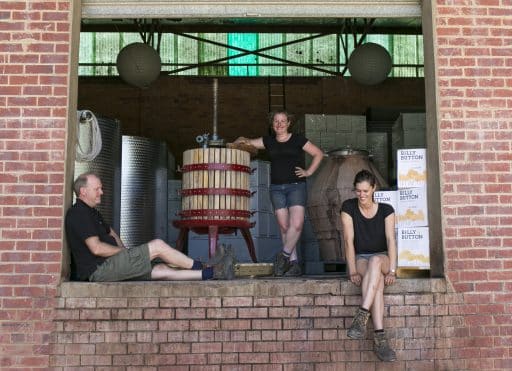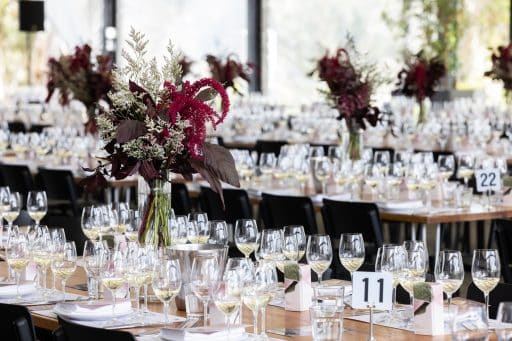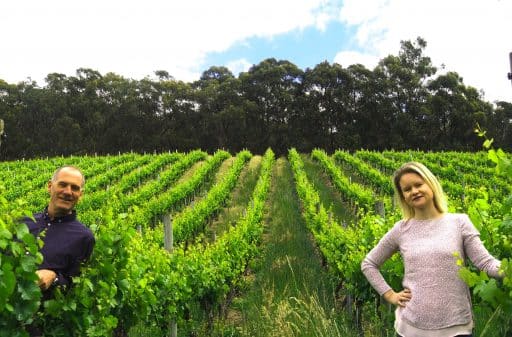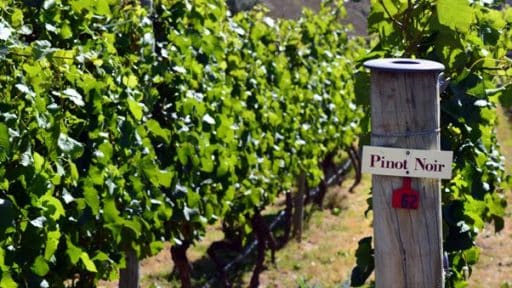What is going on with all the Provence rosé at the moment?! Why is it everywhere? I’m glad you asked! For many years buying a bottle of rosé was like performing vinous Russian roulette at my local bottle shop, faced with a multitude of hues from pale pink to violent purple… and impossible to know if the wine inside was dry or sweet until I opened it. And by then too late if it was not what I wanted. Sweet? Yuck! I developed a system of choosing pale versions as more often than not the deep purpley wines were the ones tasting sweet, with high levels of residual sugar. Of course, not all of them were actually sweet – some super-savoury, meaty even – but I had lost confidence in choosing a decent bottle if I didn’t already know it.
And then very recently it seemed that almost overnight, bottle shop fridges appeared stuffed full of pretty bottles filled with pale rose-tinted, dry wine, and the guests in the restaurants I worked in asking for ‘rosé, but DRY please?’. Provence rosé – dry, pale and with pretty rose-petal and strawberries-and-cream flavours – had arrived, by the bucket-load.
The interesting thing about rosé is that pretty much most of it is made just from red grapes, which is why on ‘new world’ wines (wines from Australia, New Zealand, South Africa, the Americas north and south) you’ll see red varieties listed on the bottles: grenache, shiraz, pinot noir, sangiovese etc. These individual varieties will have an impact on how the wine tastes, so you’ll smell sour cherries in the sangiovese rosé, strawberries in the pinot noir, savoury spiciness in the grenache and so on, and will also impact the hue of pinkness, as will the amount of time the grape juice has contact with the skins.
The grape varieties used for the Provençal rosés – usually a blend of cinsault, carignan, grenache and syrah (shiraz) – make for a delicious and complex drink that appeals to most palates: pale pink, onion skin in colour with aromatic notes of red berries, dried herbs and citrus peel, with lovely texture and mouthfeel, and importantly, a dry finish. It’s very easy to drink, super-reliable and often inexpensive, and in a place like Sydney where winter is never that cold and the sun is shining most days, it can be – and is – drunk throughout all the seasons and not just in the height of summer, as was the tradition for many decades.
The reason rosé from Provence has become so popular is because it tastes great, it is equally happy to be drunk on its own as an aperitif, and matches brilliantly with a broad range of the food we love eating in Australia, whether classic Med-inspired salads of tomato and burrata or wood-fired flatbread with antipasti, grilled prawns with aioli, aromatic spiced Middle-Eastern mezze, herby Vietnamese rolls or Chinese dumplings, Provence rosé loves it all. And we’re loving it right back!
Wines to look out for:
François Lurton ‘La Mule’ Provence Rosé $10.99 Aldi
Coeur Clementine Cotes de Provence Rosé $28.99 Dan Murphy’s
Château La Tour De L’Évèque ‘Rosarté Côtes De Provence $44 The Royal Bondi Bottle Shop
Domaine Ott ‘Clos Mireille’ Coeur De Grain Rose $75 Prince Wine Store
Melissa Moore is the Head Sommelier for Merivale Group venues in the Eastern suburbs of Sydney, including Hotel Centennial, Fred’s, Ms G’s and Totti’s at The Royal.

